Office air conditioning installations
Tailored cooling solutions for your workplace, keeping your team comfortable and focused.
Reliable server room air conditioning installation for uninterrupted operations
In today's digital age, maintaining a reliable and efficient server room is essential for any business. Even brief periods of downtime can lead to significant losses in productivity, revenue, and customer satisfaction. One of the most critical aspects of ensuring server room health is proper air conditioning. Heat buildup can quickly compromise the performance and lifespan of your critical IT equipment, potentially leading to hardware failure and costly downtime.
Our team of experienced technicians understands the unique needs of server rooms and offers comprehensive air conditioning installation services. We work closely with you to assess your individual requirements, recommend the most suitable cooling solution, and ensure a seamless and efficient installation process. By prioritizing quality, reliability, and expertise, we help you guarantee optimal server performance, minimize the risk of downtime, and ensure the continued success of your business.
Exploring server room air conditioning unit options we recommend
Superiority of round flow cassettes in large open office environments
In large open office environments, where maintaining consistent comfort levels across expansive areas is paramount, round flow cassette air conditioning units emerge as the top choice. These innovative systems are designed to distribute air evenly in all directions, ensuring thorough cooling or heating without creating uncomfortable drafts. With their unique circular airflow pattern, round flow cassettes effectively reach every corner of the workspace, providing uniform temperature regulation. Their versatility allows for easy installation in suspended ceilings, optimising space utilisation without compromising efficiency. Additionally, these units boast advanced features such as energy-saving modes and quiet operation, making them the preferred solution for enhancing productivity and employee well-being in modern office settings.
Why VRV systems excel in large open office environments
In the realm of large open office environments, VRV (Variable Refrigerant Volume) systems stand out as the recommended choice for air conditioning solutions. Offering unparalleled efficiency and flexibility, VRV systems are engineered to adapt seamlessly to the dynamic cooling and heating demands of expansive workspaces. These systems utilize advanced technology to modulate refrigerant flow according to specific requirements in different zones, ensuring precise temperature control and optimal energy utilization. VRV systems excel in maintaining uniform comfort levels across vast areas, thanks to their ability to deliver cooling or heating precisely where it’s needed, without unnecessary energy wastage. With their modular design and scalability, VRV systems accommodate the evolving needs of large office spaces, providing customizable solutions tailored to enhance employee comfort, productivity, and overall well-being.
Optimising comfort in office spaces: the advantages of wall-mounted air conditioning units
When it comes to cooling solutions in open space offices, wall-mounted units emerge as a highly recommended option. These compact yet powerful units offer efficient and targeted climate control, ensuring comfort throughout the workspace. With their versatile installation capabilities, wall-mounted units can be strategically placed to deliver precise cooling or heating exactly where it’s needed most, without the need for extensive ductwork. Their space-saving design makes them ideal for open layouts, maximizing floor space and promoting efficient airflow. Additionally, wall-mounted units often come equipped with user-friendly controls and programmable settings, allowing occupants to tailor the temperature to their preferences, thereby fostering a conducive work environment that enhances productivity and employee satisfaction.
qualified reliable experts
qualified reliable experts
qualified reliable experts
Ventilation Systems
Perfectly installed air conditioning solutions for your home. Let us handle your domestic air conditioning installations.
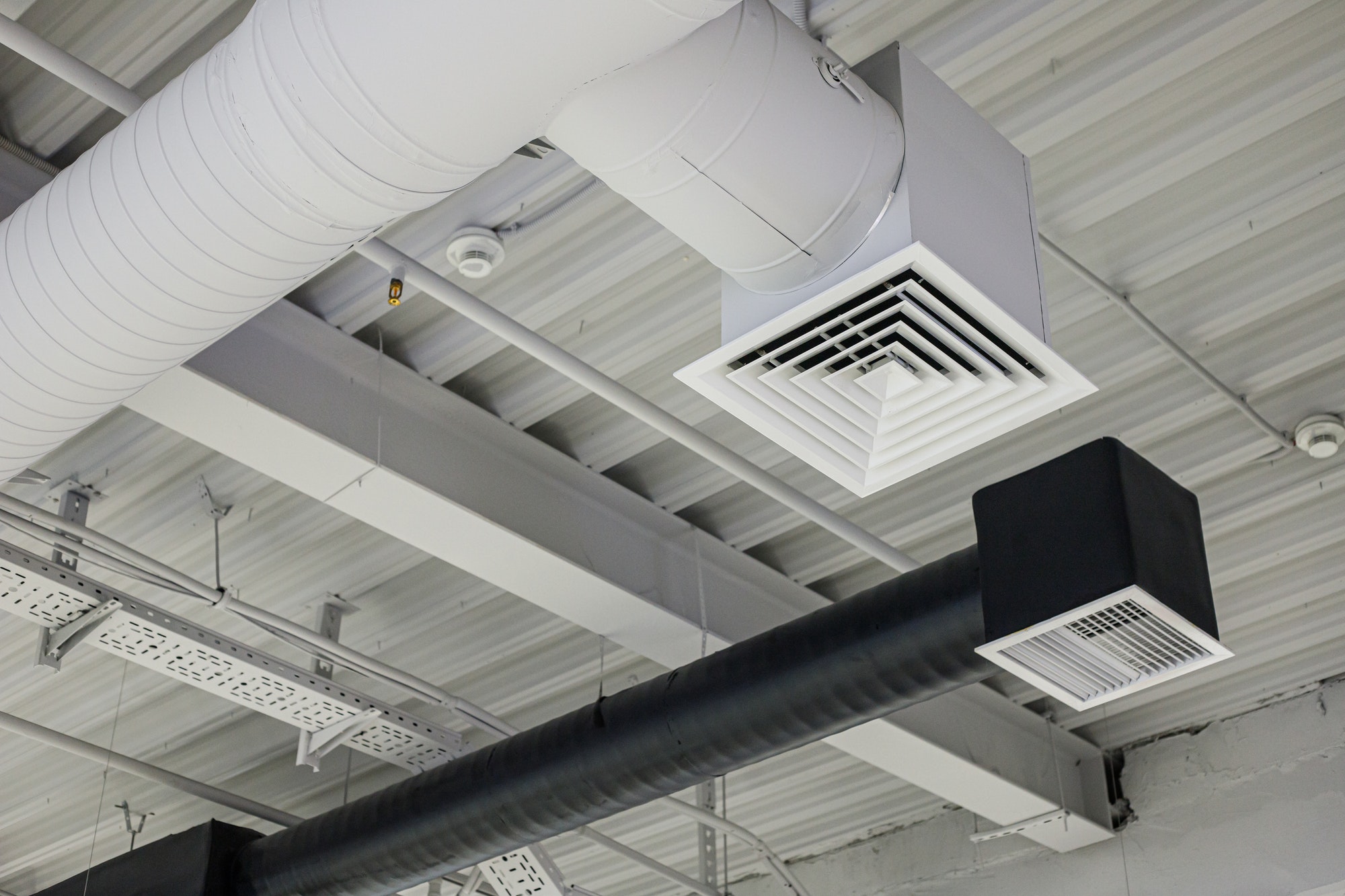
Heat Recovery Systems
Cooling solutions tailored for your business’s comfort. Delivered with expertise.
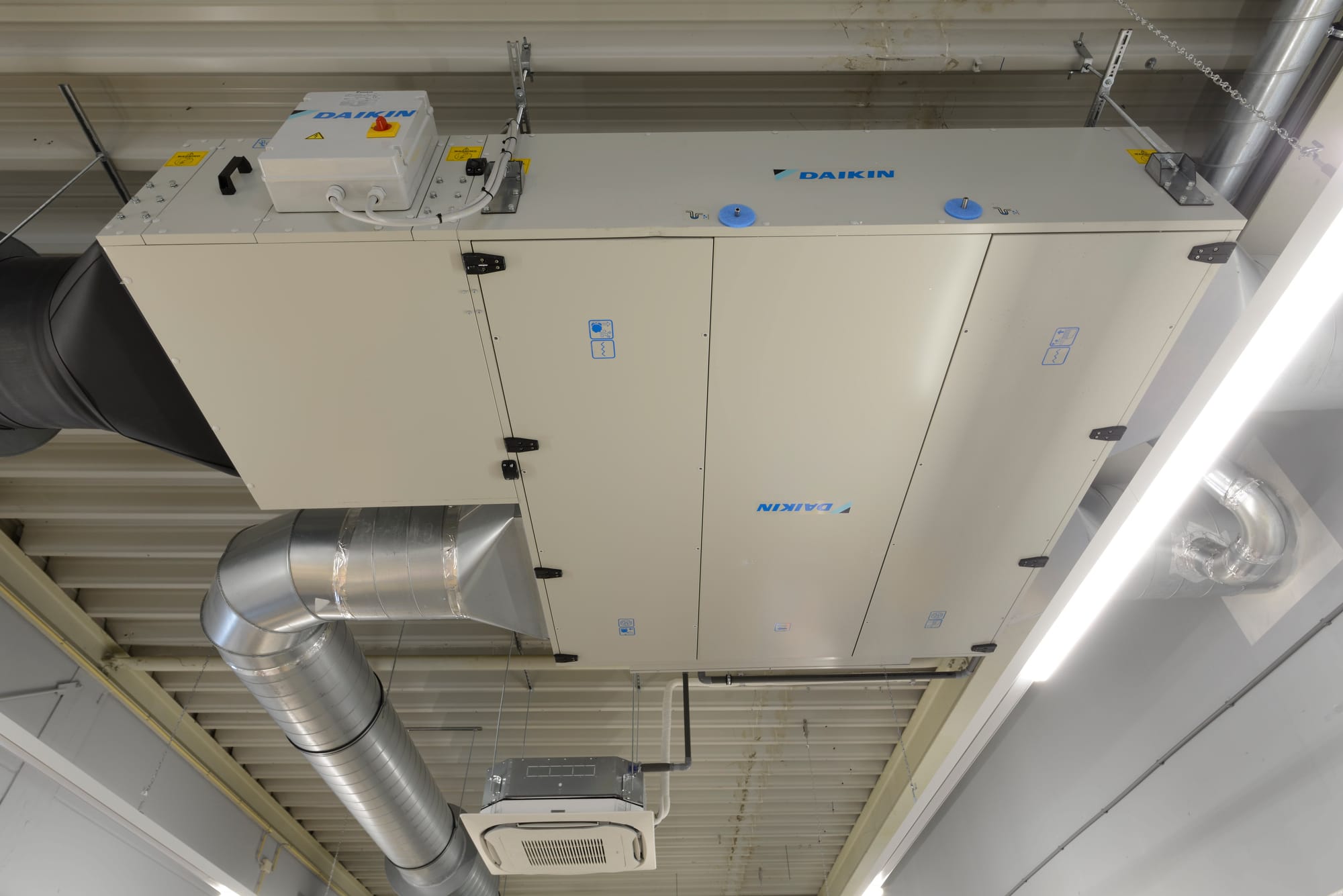
Hot Water Heating
Discover the perfect air conditioning unit for every space. Experience ultimate comfort, tailored to you.

Air Handling Systems (AHU)
Perfectly installed air conditioning solutions for your home. Let us handle your domestic air conditioning installations.
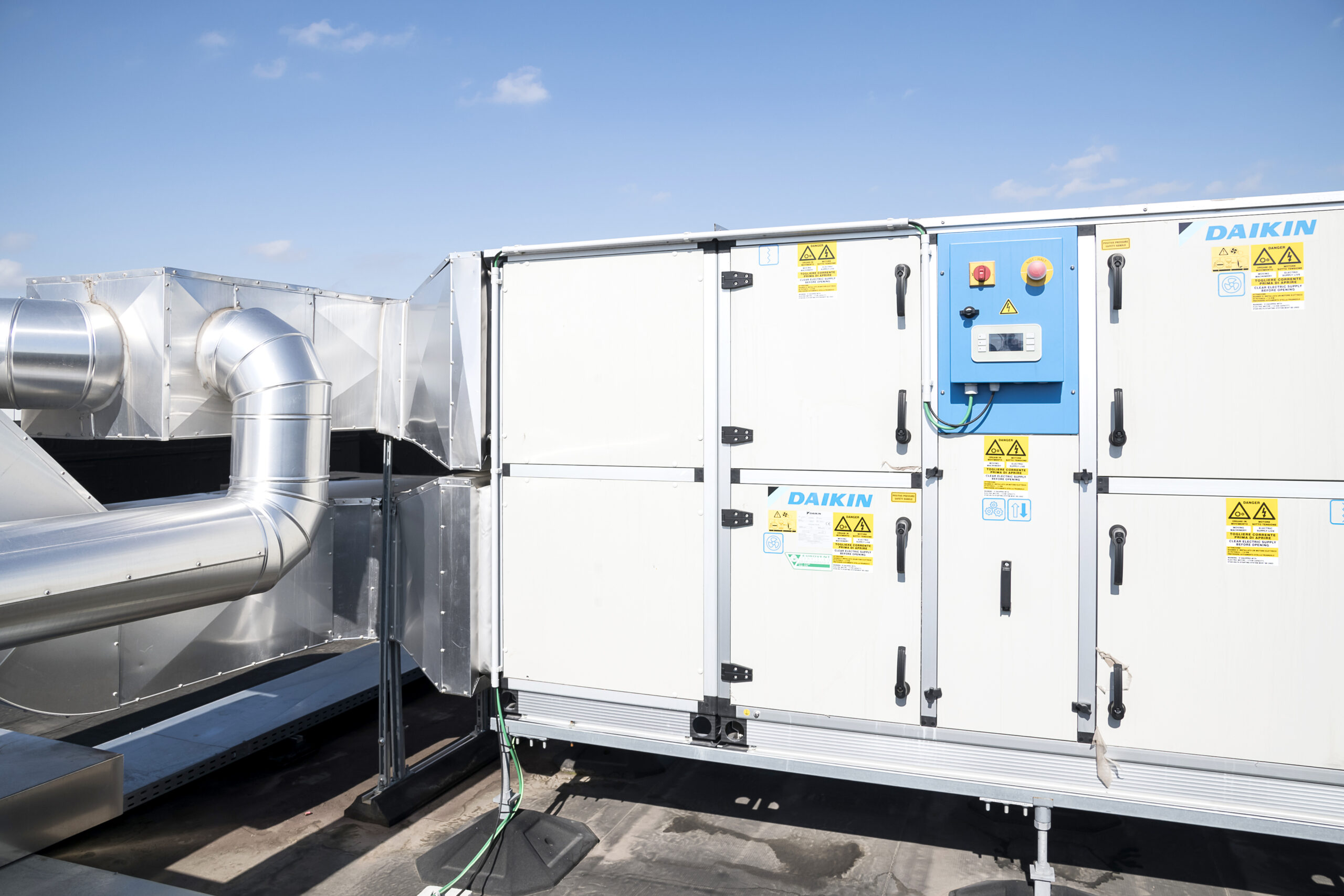
Rooftop Systems
Cooling solutions tailored for your business’s comfort. Delivered with expertise.
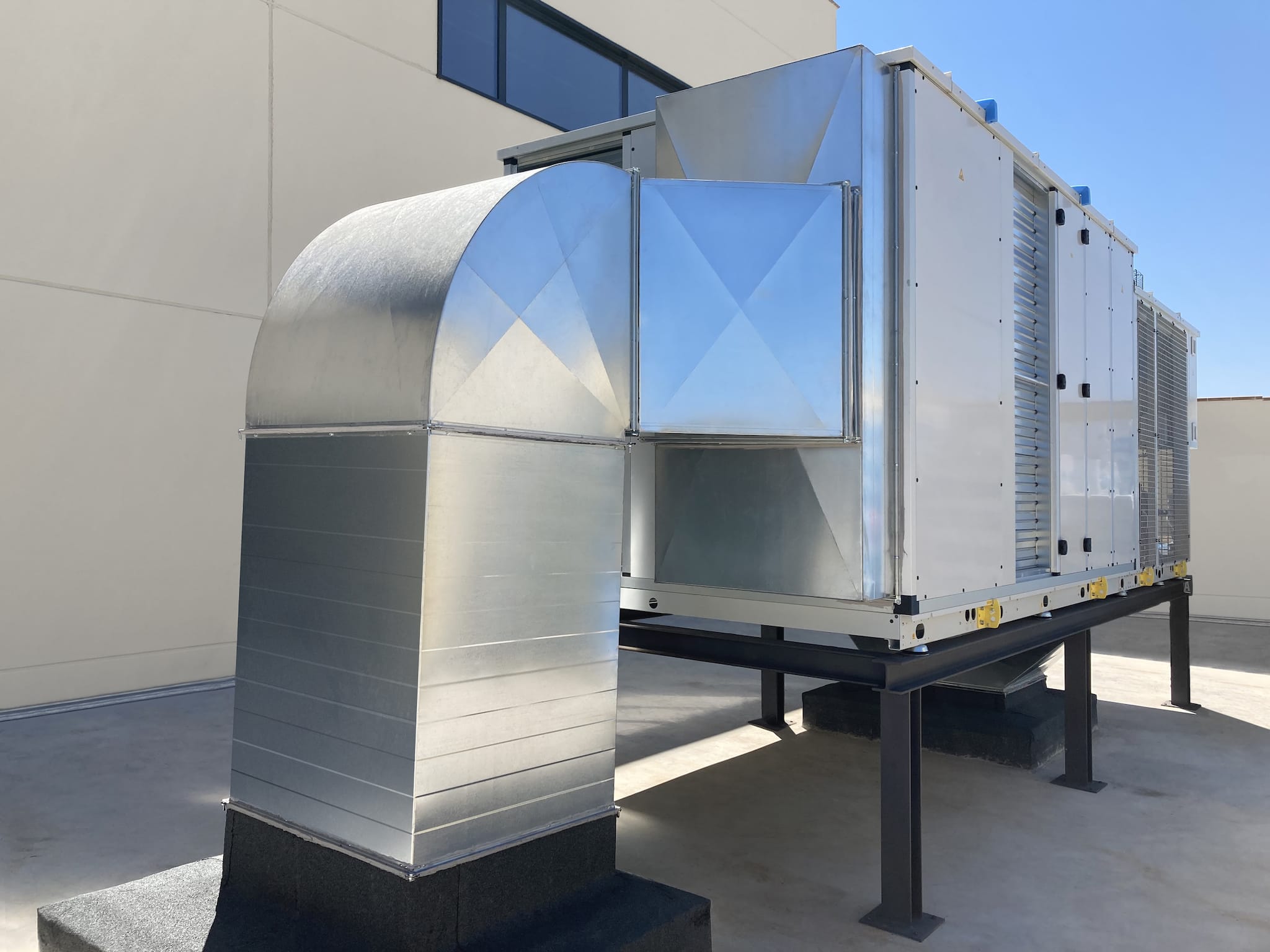
VRV/VRF Systems
Cooling solutions tailored for your business’s comfort. Delivered with expertise.

Mechanical Fit Outs
Perfectly installed air conditioning solutions for your home. Let us handle your domestic air conditioning installations.
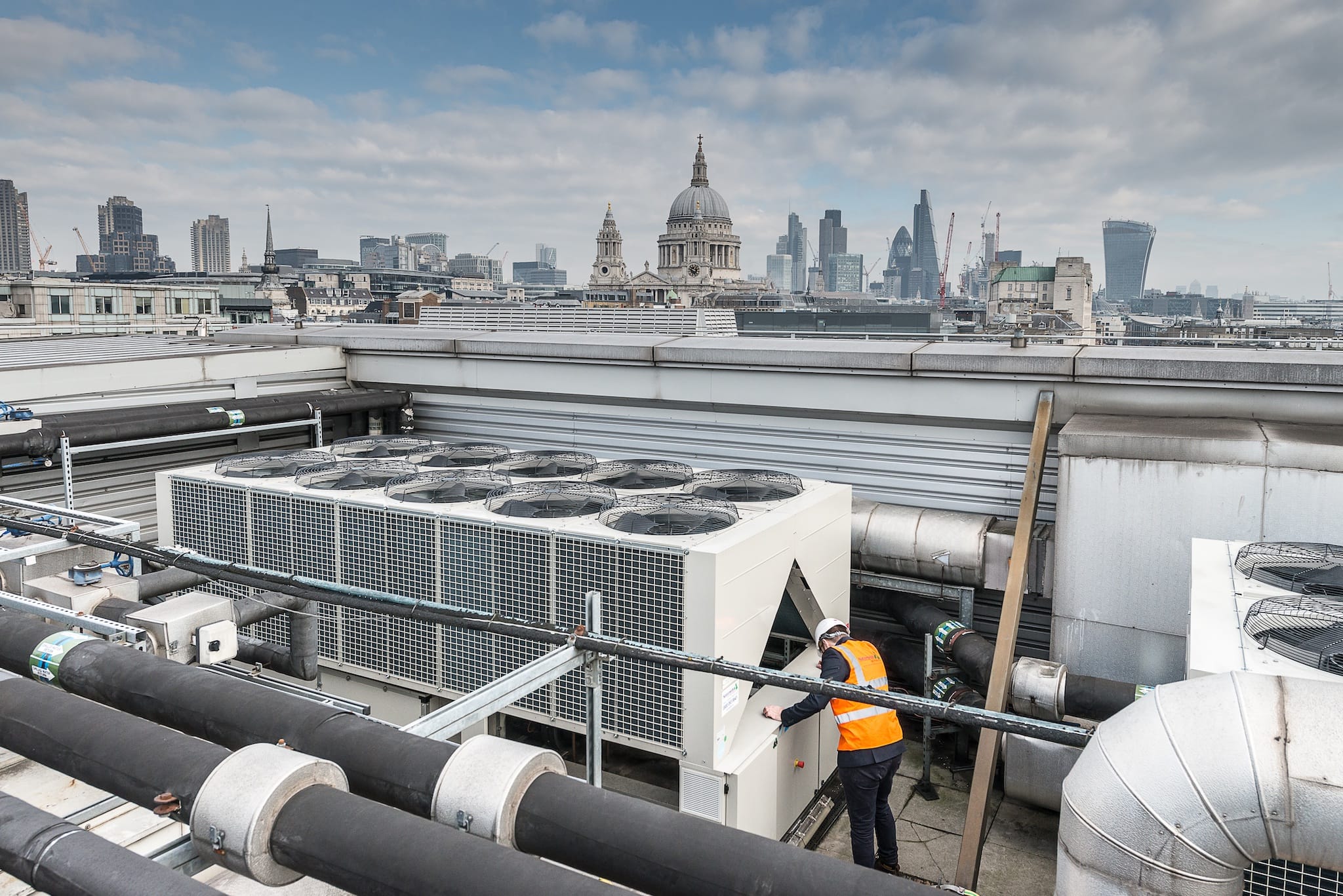
cooling your space
cooling your space
cooling your space
warming your heart
warming your heart
warming your heart

Office
Say goodbye to sweltering summers and hello to a comfortable working environment.
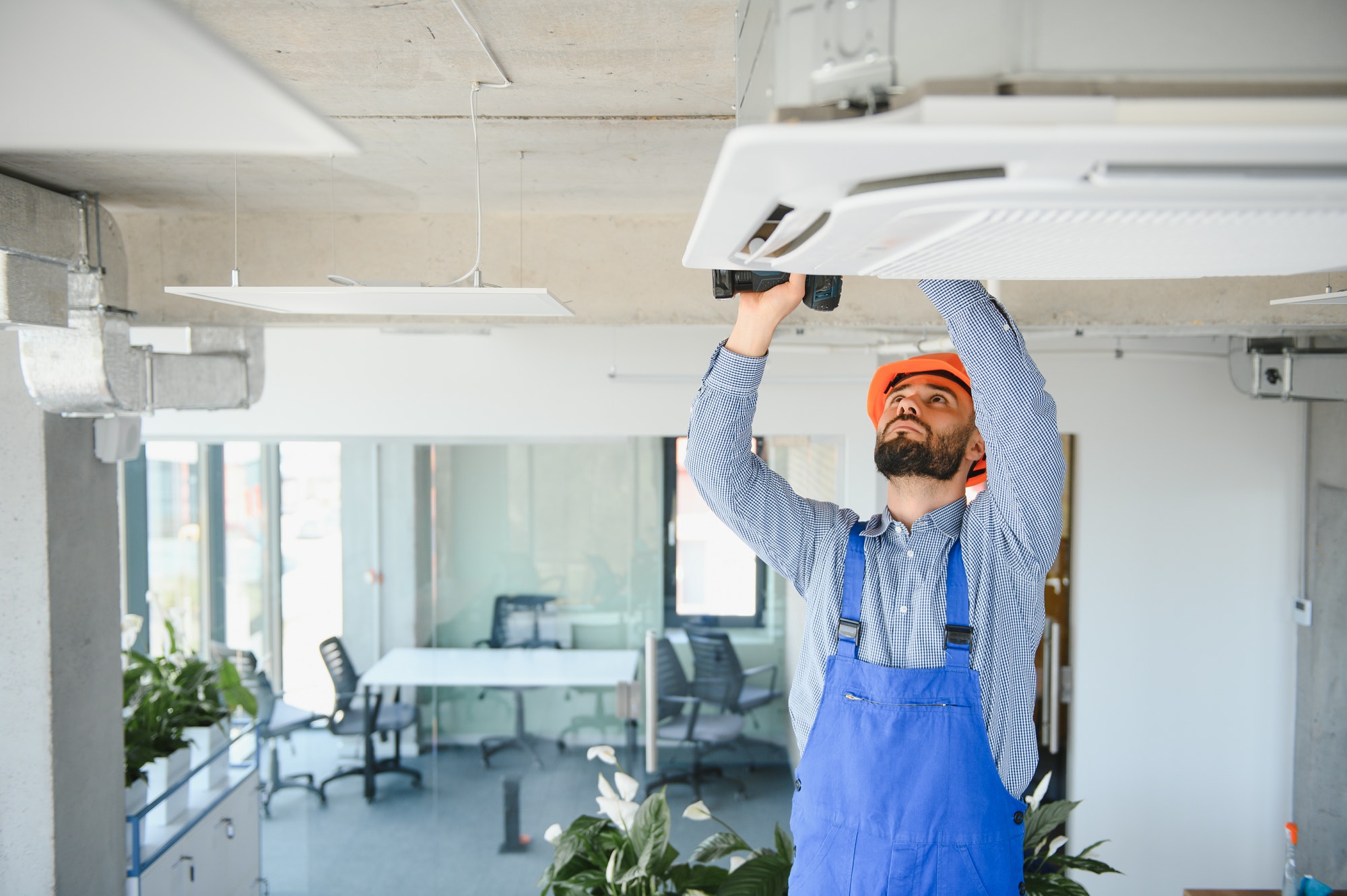
Find your applications of commercial air conditioning systems for business success
Server Room Air Conditioning
Get hands-on support to ensure every detail is meticulously handled to create the perfect climate-controlled environment for your business.
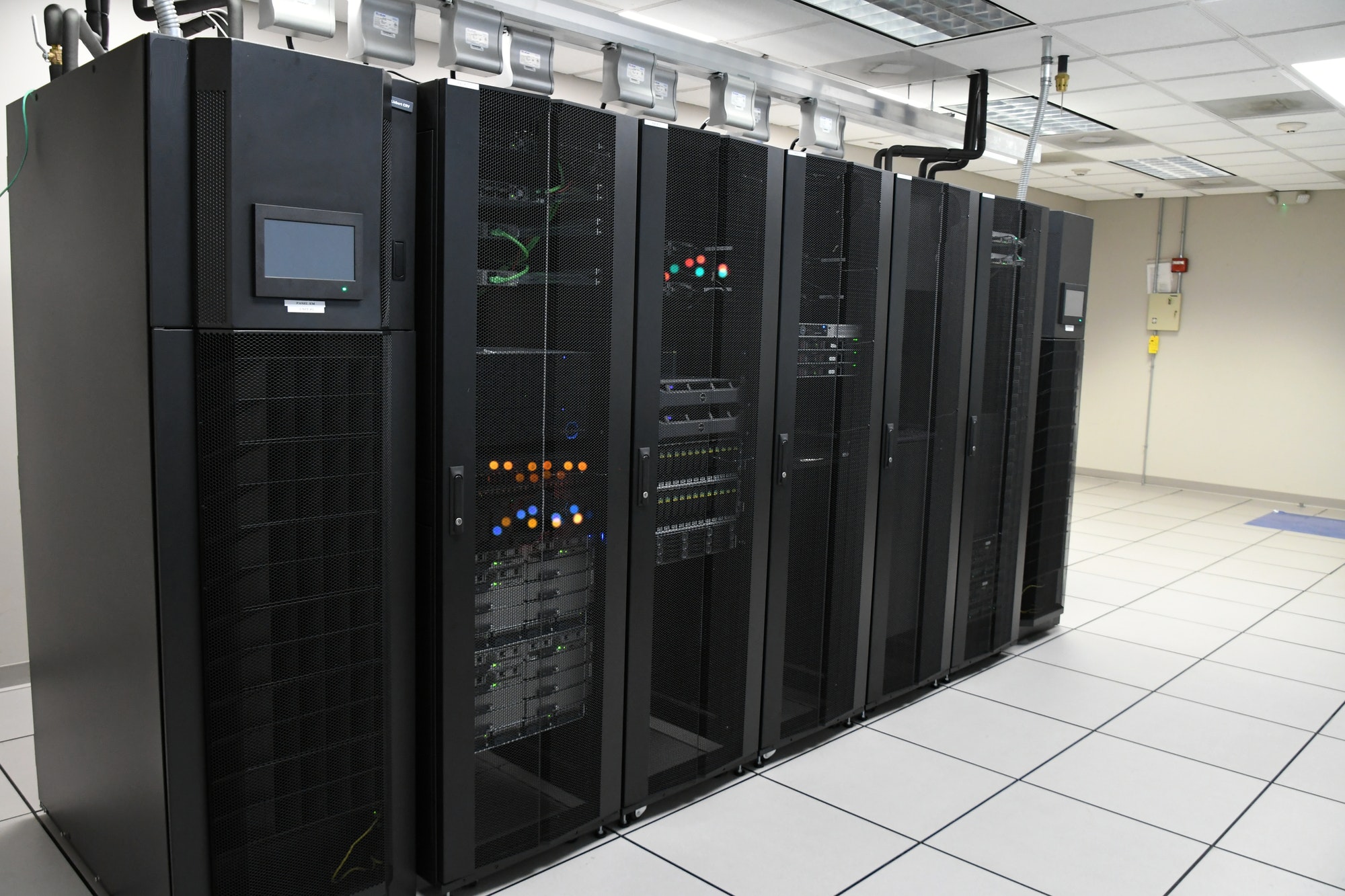
Schools
Experience ultimate comfort and productivity at your educational institution with our top-of-the-line installation.

Shops
Find year-round comfort in your conservatory with our top-of-the-line air conditioning installations
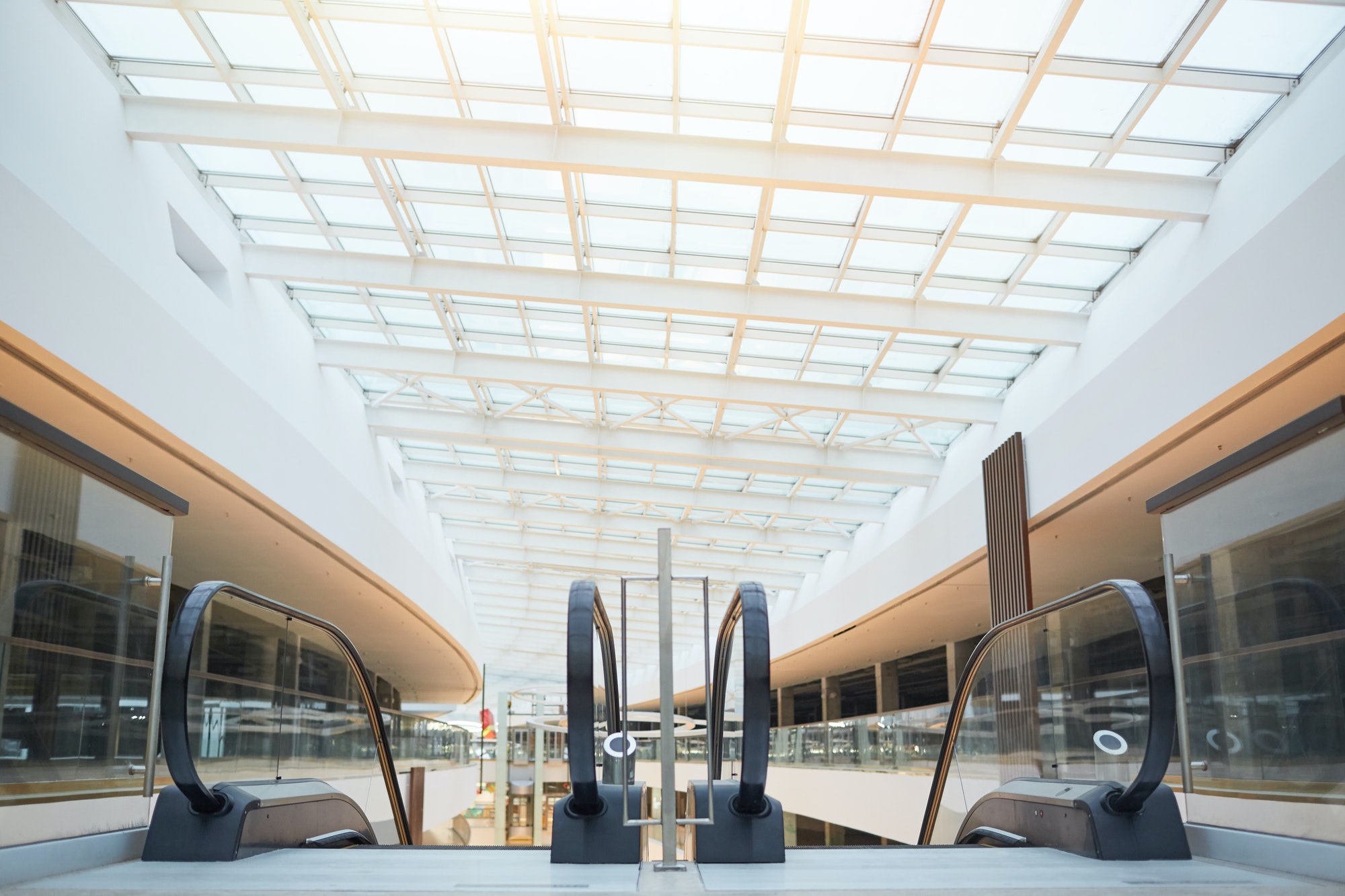
Air Conditioning for Healthcare
Trust in our expertise to provide you with top-notch support and peace of mind as we deliver the perfect solution for your healthcare facility.
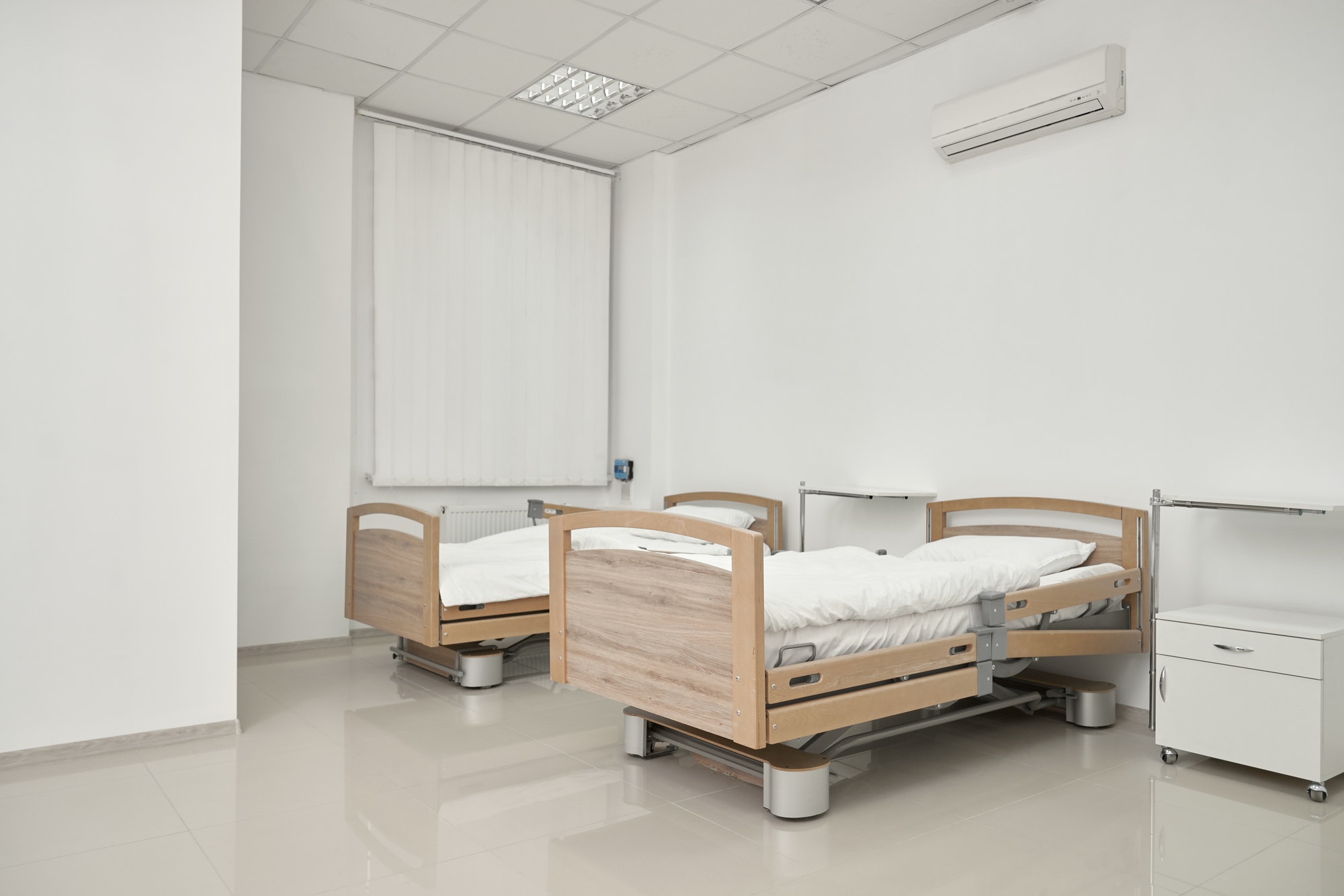
Warehouse Air Conditioning
With our timely setup, you can rest assured that your warehouse aircon system will be up and running smoothly in no time.
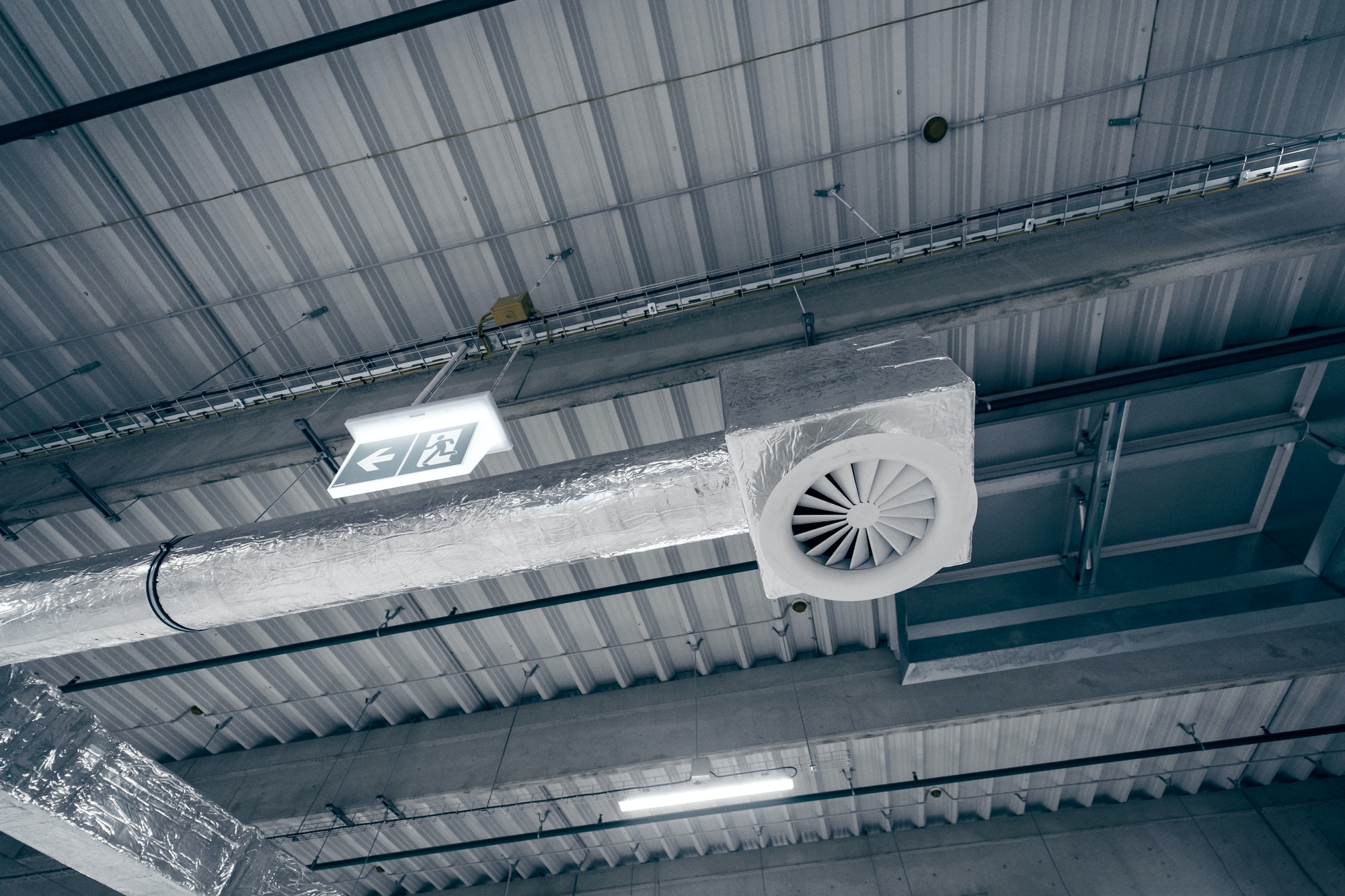
FAQ guide to office air conditioning
Navigating the path to comfort and efficiency in the workplace.
What are the benefits of installing air conditioning in office spaces?
Installing air conditioning in office spaces offers numerous benefits beyond just cooling the environment. It contributes to improved employee comfort and productivity by maintaining optimal temperatures throughout the workday. Additionally, air conditioning helps to enhance indoor air quality by filtering out pollutants and allergens, creating a healthier workspace. It also helps to control humidity levels, which can prevent mold growth and protect sensitive equipment such as computers and servers from damage. Overall, investing in air conditioning for office spaces creates a more pleasant and conducive working environment.
How do I choose the right size air conditioning unit for my office space?
Choosing the right size air conditioning unit is crucial for efficient and effective cooling. Factors to consider include the size of the office space, the number of occupants, the amount of sunlight exposure, and the insulation levels. HVAC professionals use Manual J calculations to determine the appropriate cooling capacity needed for the space. Oversized units may cycle on and off frequently, leading to energy inefficiency and uneven cooling, while undersized units may struggle to adequately cool the space. Consulting with experts ensures accurate sizing and optimal performance.
What is the difference between centralised and ductless air conditioning systems?
Centralised air conditioning systems utilise ductwork to distribute cooled air throughout the office space from a central unit, providing uniform cooling. In contrast, ductless air conditioning systems, such as split or multi-split units, do not require ducts and offer individualised temperature control for different zones or rooms. Ductless systems are more flexible in terms of installation and zoning, making them suitable for spaces where ductwork is impractical or costly. Centralised systems are often preferred for larger office spaces where consistent cooling is essential.
How often should office air conditioning systems be serviced?
Office air conditioning systems should ideally be serviced at least once a year, preferably before the start of the cooling season. Regular maintenance helps to ensure optimal performance, energy efficiency, and longevity of the system. During maintenance visits, HVAC technicians typically inspect and clean components, check refrigerant levels, lubricate moving parts, and identify any potential issues that need addressing. Scheduled maintenance also helps to prevent unexpected breakdowns and costly repairs, keeping the system running smoothly.
What are the energy efficiency ratings I should look for in office air conditioning units?
When selecting office air conditioning units, it’s essential to consider their energy efficiency ratings, which indicate how efficiently they use energy to cool the space. Look for units with high Energy Efficiency Ratio (EER) and Seasonal Energy Efficiency Ratio (SEER) ratings, as well as those certified by programs like Energy Star. Higher ratings signify greater energy efficiency, leading to lower utility bills and reduced environmental impact. Investing in energy-efficient units not only saves money but also promotes sustainability in the workplace.
Can office air conditioning systems be integrated with smart building technologies?
Yes, modern office air conditioning systems can often be integrated with smart building technologies, allowing for advanced control and monitoring capabilities. Through smart thermostats, building automation systems, or dedicated apps, users can remotely adjust temperature settings, schedule cooling cycles, and receive alerts for maintenance issues or equipment malfunctions. Integration with smart technologies enhances energy management, optimizes comfort levels, and provides valuable insights into system performance. By embracing smart building solutions, offices can achieve greater efficiency, convenience, and control over their air conditioning systems.
Are there financing options available for office air conditioning installations?
Several signs indicate that office air conditioning systems may require repair or maintenance. These include reduced cooling or heating effectiveness, unusual noises such as grinding or rattling, strange odors emanating from vents, frequent cycling on and off, noticeable increases in energy bills, and visible leaks or moisture accumulation around the unit. Additionally, if the system fails to maintain consistent temperatures or if airflow feels weak, it may indicate underlying issues that need attention. Promptly addressing these signs can prevent further damage and ensure uninterrupted comfort in the workplace.
What maintenance tasks can office employees perform to help maintain air conditioning systems?
Answer: While professional maintenance is essential for keeping office air conditioning systems in top condition, there are several maintenance tasks that office employees can perform to help support system efficiency and longevity. These include keeping vents and registers unobstructed to ensure proper airflow, regularly changing air filters to prevent dust and debris buildup, maintaining a consistent temperature setting to reduce strain on the system, and promptly reporting any issues or abnormalities to facility management or HVAC technicians. By staying proactive and attentive to system maintenance, employees can contribute to a comfortable and healthy work environment.
How long does it take to install office air conditioning systems?
The duration of office air conditioning system installations can vary depending on various factors, including the size and complexity of the installation, the type of system being installed, and any necessary preparatory work such as ductwork or electrical upgrades. Typically, installations can take anywhere from a few days to a couple of weeks to complete. Factors such as weather conditions, equipment availability, and scheduling may also affect installation timelines. Working closely with experienced HVAC professionals and adhering to a well-coordinated installation plan can help minimize disruptions and ensure timely completion of the project.








